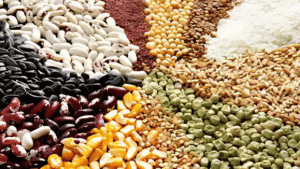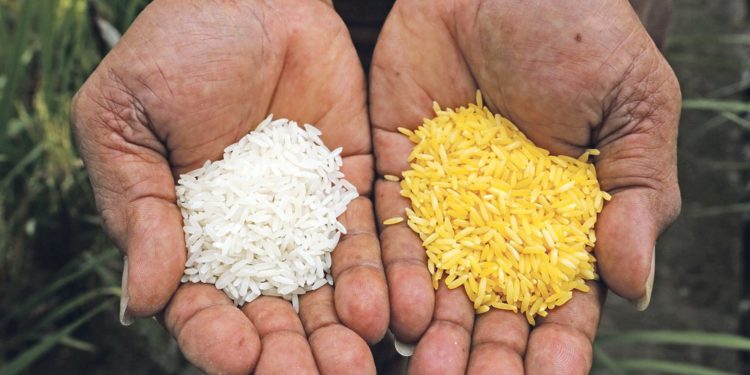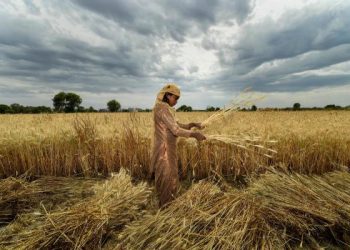Biofortification is a viable and expensive method of administering micronutrients to people that may lack access to a varied diet or other micronutrient therapies. This agricultural production strategy of correcting micronutrient deficit through plant genetics has been shown to be effective in the research. In this post, we are gonna look at how biofortification enhances food preservation.
The delivery of micronutrient supplements in pharmaceutical preparations and fortified foods are the most extensively used ways of preventing micronutrient malnutrition, with dietary diversification options receiving significantly less attention. Biofortification a micronutrient remedy has various possible benefits and limits in this setting. Biofortification is largely aimed at the rural poor, who depend significantly on produced locally staple foods as their major source of nourishment and who frequently lose access to commercially processed fortified foods due to financial or market constraints.

Because planting materials can frequently be kept, repurposed, and distributed to other farmers, the biofortification strategy has the potential to be sustainable. After early development and dissemination, recurrent costs of sustaining biofortified crop output are expected to be modest. However, contrasted to supplements and, in certain situations, foods, and supplements, the increased quantity of micronutrients obtained by biofortification would be small. As a result, the potential amount of biofortification’s influence on population nutritional status may be small.
How biofortification tackles food security, nutrition, and health?
Biofortification is the process of improving the micronutrient content of staple crops in order to enhance the nourishment and hence the well-being of individuals who eat mostly grain foods. Biofortification’s impact, expandability, and long-term viability are determined by whether crop varieties breeding can enhance nutrient levels without making compromises on yield; (ii) extra nutrients in crops can measurably improve micronutrient status; (iii) farmers and consumers are ready to consume biofortified crops; and (iv) cost-effectiveness.
How biofortification reduce deficiency disorder and what are the prevention programs?

Biofortification is an agriculture approach aimed at increasing the amount of certain minerals, such as zinc, in staple foods including rice, wheat, maize, pearl millet, and others. Traditional breeding, such as choosing for genetic variants with the highest micronutrient material witnessed for that crop; genetic modifications, such as gene implantations or stimulated mutations; and agronomic practices such as applying zinc-containing fertilisers, are all methods for biofortification of staple foods.
Biofortified staple foods, when taken, would enhance zinc intake sufficiency and hence lower the risk of nutritional zinc insufficiency in people who now have insufficient intakes. Although effectiveness studies are needed to determine the feasibility and efficacy of biofortification to prevent zinc insufficiency, theoretical assessments suggest that it has the power to enhance zinc intakes in adults and children.
How biofortification help in reducing malnutrition and increasing nutritional value?
There are numerous methods for increasing the nutritional content of food crops, which are addressed in the sections below. Biofortification’s main objective is to lower mortality and morbidity rates associated with micronutrient deficiencies while also improving food security, productivity, and quality of life for impoverished people in developing nations. Biofortification is more important in underdeveloped nations since it is both cost-effective and easy to implement. Orange sweet potatoes, maize, cassava, and squash, Fe-enriched beans, sorghum, lentils, and pearl millet, and Zn-enriched rice, wheat, lentils, sorghum, and cowpeas are among the biofortified crops that have been distributed so far.

For folks who don’t have access to other therapies, biofortification might deliver a spectrum of micronutrients. Because staple meals are relatively inexpensive and widely available, biofortification of staple crops is a fundamental goal. Although biofortification is not as effective as food supplementation, it can nevertheless help close the micronutrient gap and boost daily vitamin and mineral consumption throughout a person’s life, which can have a substantial influence on human health by reducing malnutrition. Here is how biofortification enhances food preservation.
Also Checkout: Irrigation Methods That Will Help The Indian Farmers









